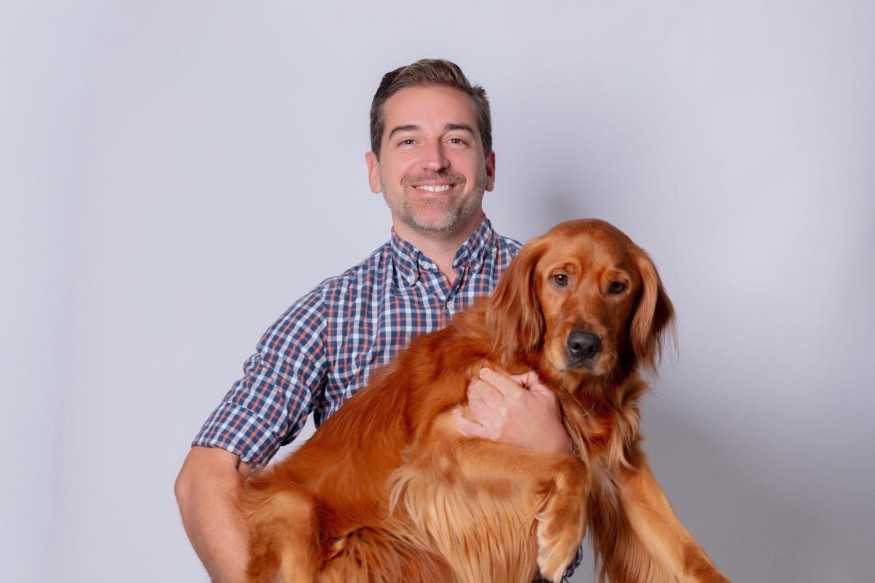
In veterinary clinics, time is often the most precious commodity. When a pet limps into the exam room or starts breathing heavily, every minute between diagnosis and treatment can weigh heavily on both veterinarians and owners. For the past five years, SignalPET has been one of the few companies offering a state-of-the-art technology that meaningfully compresses that time: an AI-powered platform that scans X-rays in minutes and flags 66 of the most common pathologies.
It was fast, consistent, and objective, but it had limits. "Our original solution was groundbreaking," says Dr. Eric van Eerde, DVM, DACVR, and Director of Radiology at SignalPET. "You'd take the radiograph, the AI would analyze it instantly, and you'd get normal or abnormal results. But we weren't integrating the patient's clinical history, and the system was capped at 66 pathologies. Yes, that still covers most of what you see in practice. But it wasn't everything."
That is why SignalPET will roll out a novel solution: SignalPET 360°, a fully integrated diagnostic platform that builds on the original AI's speed but layers in new depth, context, and flexibility.
At its core, SignalPET 360° still starts with the same instant scan, a rapid Immediate Report that screens for critical issues across the thoracic, abdominal, musculoskeletal, skull, and dental systems. But from there, it expands into a second, much deeper AI layer, the Complete Report, which merges advanced machine vision with the pet's clinical signs, case history, and a broader diagnostic search using large language models to mirror the scope, depth, and structure of a traditional radiologist's report, including findings, conclusions, and recommendations.
And for cases that demand the human touch, the platform adds a third option: in a few clicks, vets can send the case to one of SignalPET's team of veterinary radiologists for a traditional STAT Signed Interpretation.
But what sets SignalPET 360° really apart, Dr. van Eerde says, isn't just its technical sophistication. It's the fact that it's designed for real-time use. Everything happens while the pet is still at the clinic. "If your dog is in pain, you don't want to wait two days or even an hour for an answer. You want to know what's wrong and what can be done before you leave the clinic. Having the information at the point of care reduces stress for the owner and improves outcomes for this family member," Dr. van Eerde says.
In practice, this means that when a pet is X-rayed, the vet can enter a brief history, such as 'vomiting for three days' or 'difficulty breathing,' and the system will integrate that context into its assessment. This pairing of data and clinical insight can rule out certain issues immediately and focus the diagnosis on the most likely causes.
SignalPET 360° runs on a cloud-based PACS platform, a high-level standard image storage and retrieval technology to enhance client communication. It supports unlimited storage and multiple modalities, including ultrasound, MRI, and CT. The AI behind it has been trained on millions of annotated veterinary radiographs and is continuously benchmarked against radiologist interpretations to maintain accuracy.
Dr. van Eerde is quick to point out that the goal isn't to replace radiologists but to give veterinarians more flexibility. "This is about giving vets more speed at a lower cost to build confidence, without slowing them down or compromising on quality. This is the key to making human and AI work together seamlessly," he affirms.
SignalPET 360° will be available worldwide, whether in a busy urban practice or a rural clinic; the idea is the same: deliver fast, accurate, and actionable diagnostics while the furry patient is still in the exam room.
© 2025 ScienceTimes.com All rights reserved. Do not reproduce without permission. The window to the world of Science Times.











